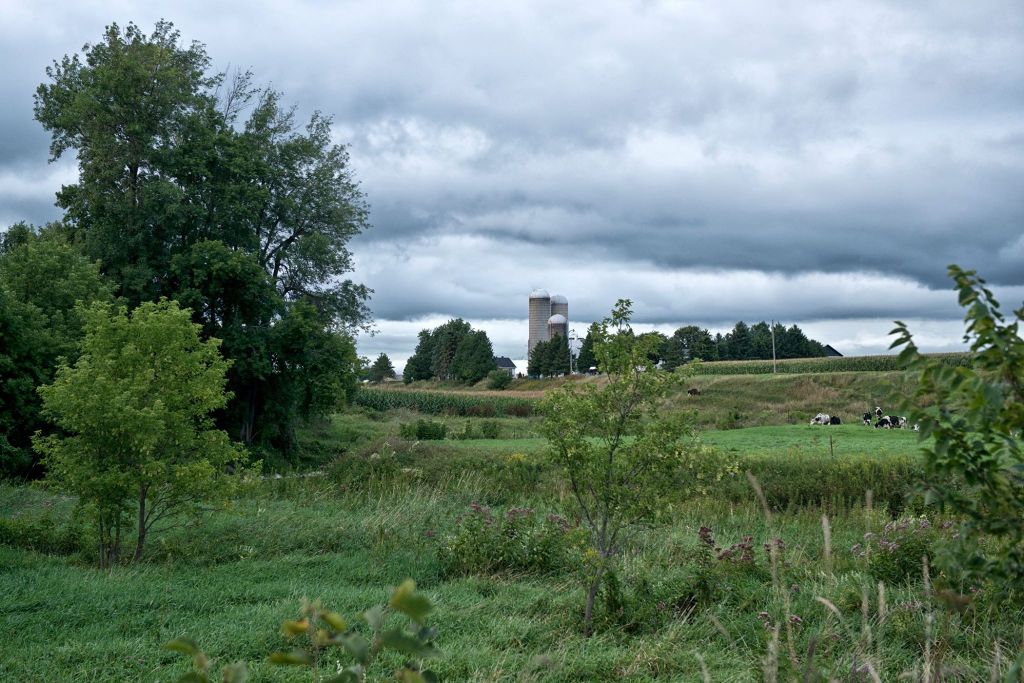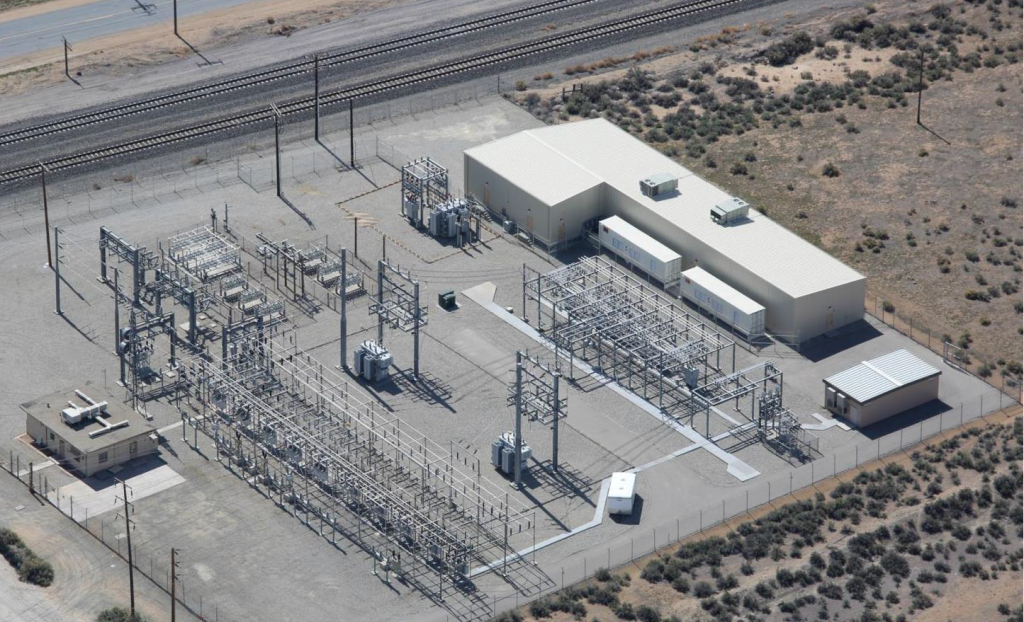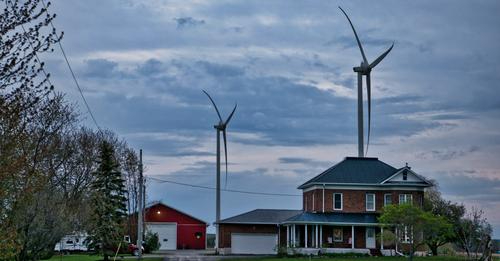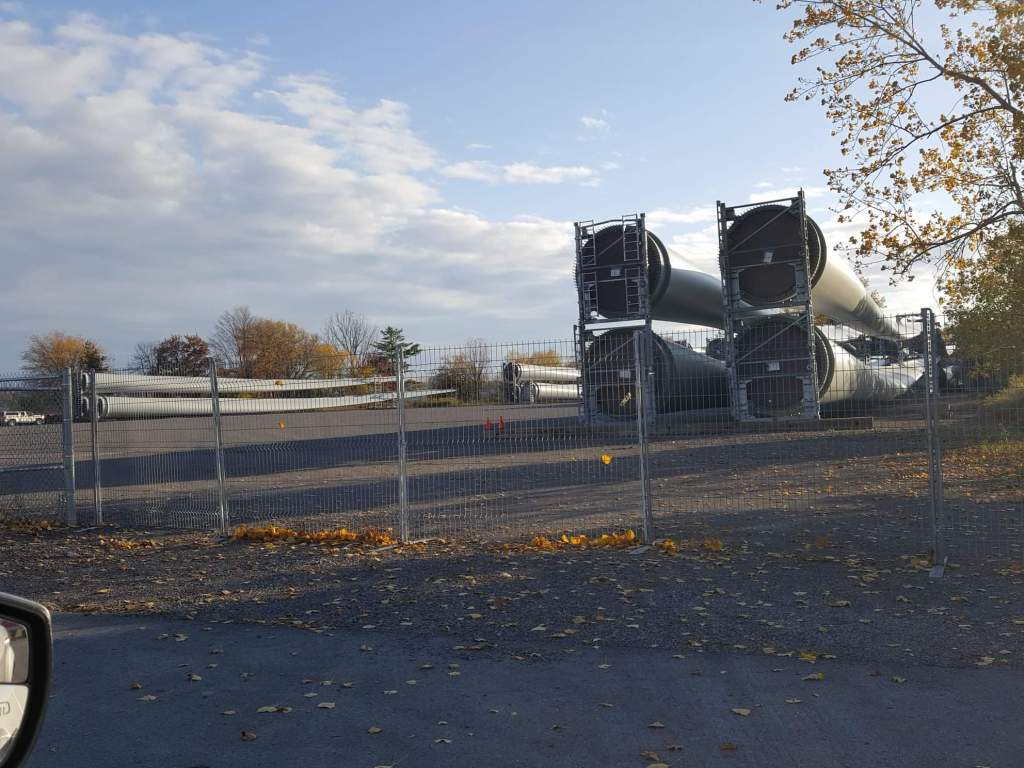Tags
agriculture, climate change, environment, farming, IESO, Ontario, Ontario Ministry of Energy, prime agricultural, Renewable energy, Todd Smith, wind energy, wind farm, wind turbines
Farmland Trust warns that current use of prime agricultural land is “unsustainable” while wind power developers make threats if they don’t get access to it for power generation. And money. (Don’t forget the money.)

The Independent Electricity System Operator or IESO is preparing to launch a new Request for Proposals in 2025, and is gearing up now with consultations for municipalities and stakeholders, prior to releasing final documents.
At issue is the policy of the Ontario government —and the City of Ottawa —that prime agricultural land must be protected.
The wind power industry sees this policy as an obstacle and is fighting back. With some success. In a recent IESO web event, a spokesperson said the question of protecting prime ag land is a topic of “active discussion” in government.
Meanwhile, the Canadian Renewable Energy Association, which is not an environmental organization but a trade association and lobbyist, had this to say in a comment to the IESO. (The emphasis is ours.)
“CanREA recommends that Ontario consider orienting agricultural land use policy in a manner similar
to Alberta’s recently announced ‘agriculture first’ approach for renewable energy project approvals.
This approach allows wind and solar generation on Class 1 and 2 lands if they can demonstrate that
they can co-exist with agriculture.
“We believe that this is a sensible approach. CanREA’s law firm members who represent Ontario
farmers in negotiations with renewable energy developers describe numerous cases where siting of
renewable energy projects on agricultural lands has provided additional income to allow farmers to
stay on the land – making farming careers sustainable for them and their families.
“Should additional restrictions be imposed, renewable energy development would be forced into less
desirable areas with lower wind and solar potential, located further away from load centres. This
would result in system inefficiency, reduced levels of project investment and higher cost solutions for
Ontario ratepayers.”
Very clever wording on their part and not without active threats to the Ontario government, even going so far as to mention the association’s “law firm members.” Phrases like “additional restrictions” are meant to foreshadow legal action if CanREA doesn’t get what it wants, which is unfettered access to Ontario’s farmland for profit.
People want farm land protected
The lobbyist is out of step with Ontario’s citizens and the primacy of protecting our food supply. At a time when “eat local” echoes throughout the province, and the COVID experience of interrupted food supply is fresh in everyone’s mind, the protection of Ontario’s cropland is important.
The Ontario Farmland Trust has this warning for us:
“Every day in Ontario, we lose 319 acres of farmland to non-agricultural land uses like urban development and aggregate extraction; this rate of farmland loss is unsustainable and cannot be allowed to continue. Everyone in Ontario relies on agriculture, from the food we eat, to the jobs in our communities.Without strong protections in place for our farmland, we may not be able to provide enough food to feed our growing population.”
Wind power developers: we want the money
Several wind power developers lined up to file comments with the IESO too—any resemblance to the comments from CanREA are not accidental. Here is Capital Power.
“Broad, overarching limitations or restrictions for specific classifications of agricultural land or
technology types will likely limit the development of cost-effective projects in locations near existing
energy infrastructure. It will also result in a loss of potential non-agricultural income for farmers.
Capital Power submits that the appropriate use of land and potential impacts on agricultural use is
most effectively determined between landowners, developers, and through current project approval
processes. No further limitations, rated criteria, or other considerations needs to be considered for
LT-2 or potential projects.”
Translation: hands off our negotiations with farm owners.
Similarly, U.S.-based Invenergy commented:
“We would work with the landowners to minimize impact to
the land and form an agreement to return land to its
original state. Some projects may be able to allow for the
same productivity levels of the agricultural land like a wind
facility.”
Invenergy also said restricting prime agricultural land mean that municipalities would lose out on tax revenues from wind power projects. That is true but with the tax rates currently capped, the amount paid is a pittance in comparison to wind power operator profits, and would need to be assessed along with municipal costs such as the need for fire services, inspections, etc. It is not possible to return land fully to its “original state”—wind turbines require massive concrete and rebar foundations that cannot be removed.
Wind power developers also under-represent the amount of land used for wind turbines. At least one developer currently claims a turbine uses only 0.2 of an acre but obviously, this does not take into account access roads and other infrastructure.
You can read more industry comments here but make no mistake: they want that prime farm land and will do anything, and say anything to get it.










